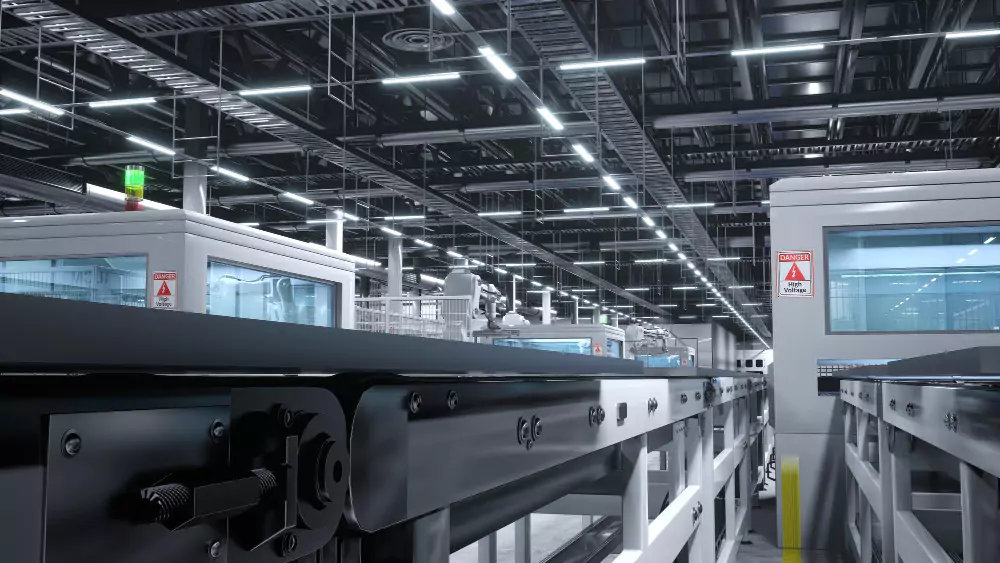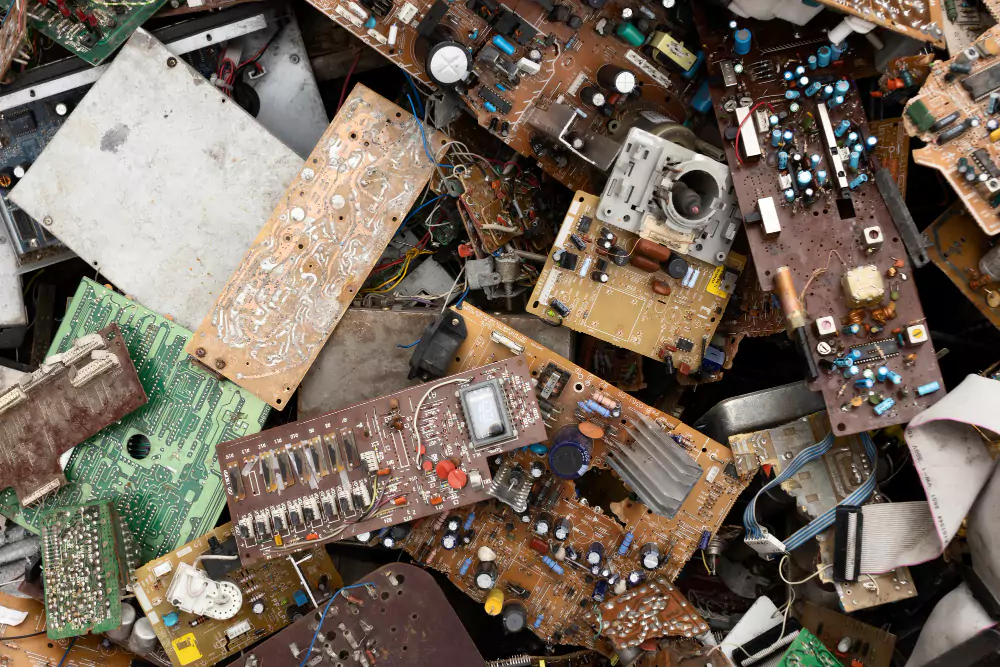Nickel, a resilient, silvery-white metal, stands as a pillar of modern industry – durable, stable, and endlessly useful. But when reduced to a fine powder through grinding or drilling, it undergoes a dramatic transformation. With increased surface area and heightened reactivity, nickeldust becomes combustible, even capable of releasing flammable hydrogen gas when exposed to air.
A Risk with Remarkable Rewards
Nickel powder, especially in its highly reactive Raney form, can ignite under specific conditions, such as heat, friction, or when airborne in confined spaces. As reported by the New Jersey Department of Health and CAMEO Chemicals (NOAA), these conditions classify nickel dust fires as Class D, requiring specialized extinguishing materials like dry sand, graphite, or sodium chloride powder—never water.
A Catalyst for Innovation
Beyond its volatility, nickel dust plays a commanding role in high-performance industries. Its catalytic strength shines in chemical and pharmaceutical manufacturing, where Raney nickel is indispensable for hydrogenation reactions. From producing life-saving antibiotics to synthesizing active pharmaceutical ingredients ( APIs), nickel dust drives molecular transformation.
Electrifying the Energy Frontier
Nickel powder is a cornerstone in advanced battery technologies. Whether it’s powering everyday electronics or enabling electric mobility, nickel-rich formulations in NiMH and lithium-ion batteries (NCA-NMC) contribute significantly to energy density and lifecycle durability.
More Than Metal: A Silent Industrial Champion
Though reactive, nickel dust symbolizes the synergy between chemistry and progress. It fuels innovation from labs to factories, balancing risk with remarkable utility. Its diverse applications reaffirm nickel’s importance as a smart material—one that pushes industries into the future.











